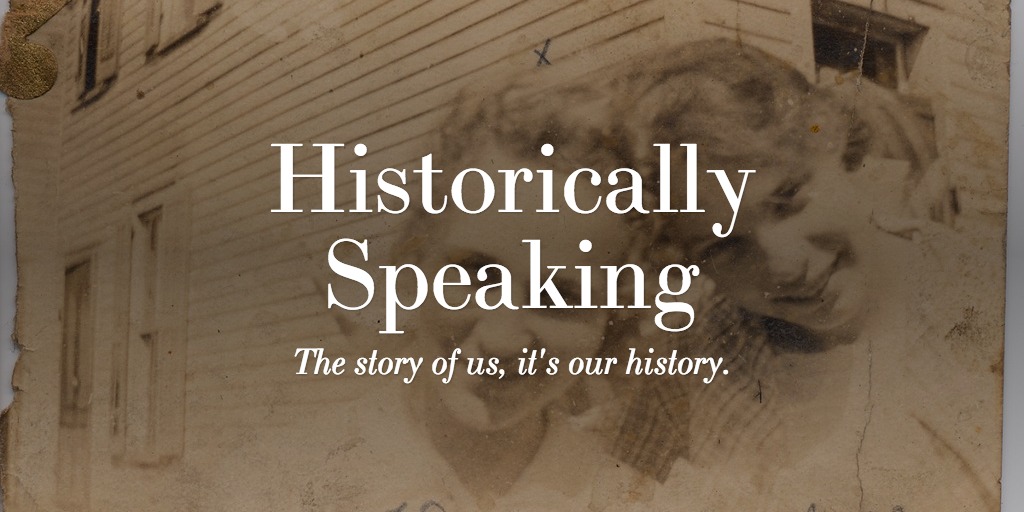We’ve all been hearing the word “storytelling” in marketing and social media conversation quite frequently these days. I'm baffled why this seems to be the latest fad. After all isn't storytelling in our DNA?
For those of us who have worked in marketing, public relations and advertising, we’ve been crafting and delivering those “stories” for a {very} long time.
- Key messaging
- Investment appeals
- Call to action
- Crisis communication
- Competitive analysis
- Market overview
- Benefits of service(s)
- Long-term strategy
- Case studies
- Testimonials
I don’t claim to be a writer but I do draw upon my experience of formatting and designing “stories” for senior level management, events, non-profits, and start-ups for a variety of audiences. Nothing new, mankind has been communicating with imagery for thousands of years.
More than 10 million Google results are listed when you search “storytelling for business." I love the lead from a prominent social media blogger, “In storytelling for business, you want your reader to take action.” Drop the word “storytelling” and we’re back to the principles of a communications strategy. This is where all my copywriting colleagues should be standing on top of their desks, raising their hand with a big “OH YEAH!”
Technology is Today’s Campfire
A few months ago I was in the audience listening to a Chicago Tribune photographer talk about visual storytelling in today’s über-connected environment. Assimilating technology to the time when we sat around the campfire and told stories from one generation to the next. I wonder if YouTube, Facebook or Twitter will be considered this generation’s “campfire.”
There exists, I believe, a hunger for authenticity when technology lacks warmth. As usage of mobile devices, apps and gadgets increases rapidly, stories like the unemployed college grad who made a small fortune self-publishing her books are eaten up like jelly beans on Easter morning. Or, a YouTube video going viral in a matter of hours.
I find unspoken power of marketing and communications in combining images and text to tell a story.
 Effective visuals derived from these five core principles: archetype, face, experimental, emotion and shock.
Effective visuals derived from these five core principles: archetype, face, experimental, emotion and shock.
The most widely used being archetypical and emotional imagery.
Storytelling for business has a similar structure to that of fiction. (Figure)
What story are we crafting today? I hope it’s one where I/we get to dig deep into the photo archive.
PS: I’m also diving into “visual storytelling” and how we can craft messages and allegories with imagery.
 https://slate.adobe.com/cp/ivSk7/
https://slate.adobe.com/cp/ivSk7/